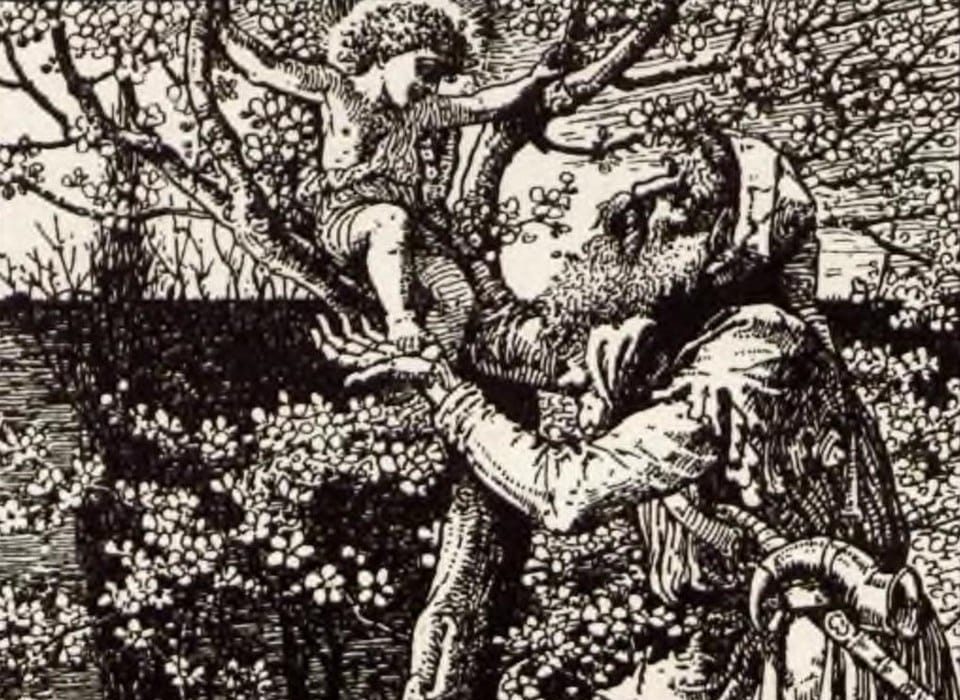There are foundational books that shape the way we think about the world around us when we are kids. Some of those books are childish, such as Clifford or Amelia Bedelia. Meanwhile, some of those books are far more adult, like Goosebumps or the book we are analyzing today, Scary Stories to Tell in the Dark.
All we really have to do is point out the illustrations of this book. No doubt, they are why most people remember the book fondly. Though, if we take a closer look, the stories are also designed in a way to be quickly consumed and universally shared. Join us as we delve into this strikingly dark collection of folklore.
About Scary Stories to Tell in the Dark
Schwartz was a journalist and author of more than 50 books, and he drew a great deal of inspiration from folklore and urban legends. He also wrote about folk tales and legends aside from this sinister collection. Likewise, he wrote poetry about similar subjects.
This was a controversial collection when it was published in Oct. of 1981. Considering this, advocacy groups frequently challenged this book for its disturbing imagery and dark content.
For instance, in an article written for The Argus-Press, an “enraged” mother shares her concern about the content in More Scary Stories to Tell in the Dark.
“This was way past being scary,” she said. “There were two stories in there that were really objectionable. One was really disgusting. It was about a man who murders his wife, chops her up, puts her through a meat grinder and sells her as sausage” (The Argus-Press)
The woman above is angry at the story titled “Wonderful Sausage,” which, is an excellently wicked little story. Certainly, the graphic depictions within the book caused some alarm, as well as the artwork.
As such, the true selling point of this book outside of Schwartz’s excellent storytelling is Stephen Gammell’s drawings. Gammell has worked on many different projects and won the Caldecott Medal for US picture book illustration in 1989. In all three collections of scary stories, Gammell’s illustrations are truly something to marvel at because they are ungodly scary and so completely original. This is exactly what you want out of horror art.
Here is an article comparing Brett Helquist’s more modern drawings compared to Stephen Gammell’s bleak, esoteric ones. You can see the difference in visual impact almost immediately.
Contents
The original book was published on Oct. 14, 1981 and features 29 stories, including:
- The Big Toe
- Me Tie Dough-ty Walker!
- Alligators
- Room for One More
- The Wendigo
- The Hook
- High Beams
The ones listed are certainly highlights. However, a book so wrapped up in nostalgia has endless highlights. The stories range from horror to comedy to just plain strange. There is a great variety in this collection and they have that “folkloric” quality, which borders on urban legend.
They are just astonishingly spooky all around.
Conclusion
Horror gives us insight into our own fears, anxieties, and humanity. This is important for us to understand so we can make better sense of the world around us. Scary Stories to Tell in the Dark is a great example of a book that does just that. It puts the reader in the face of murder, mortality, and all things that go bump in the night.





Leave a comment